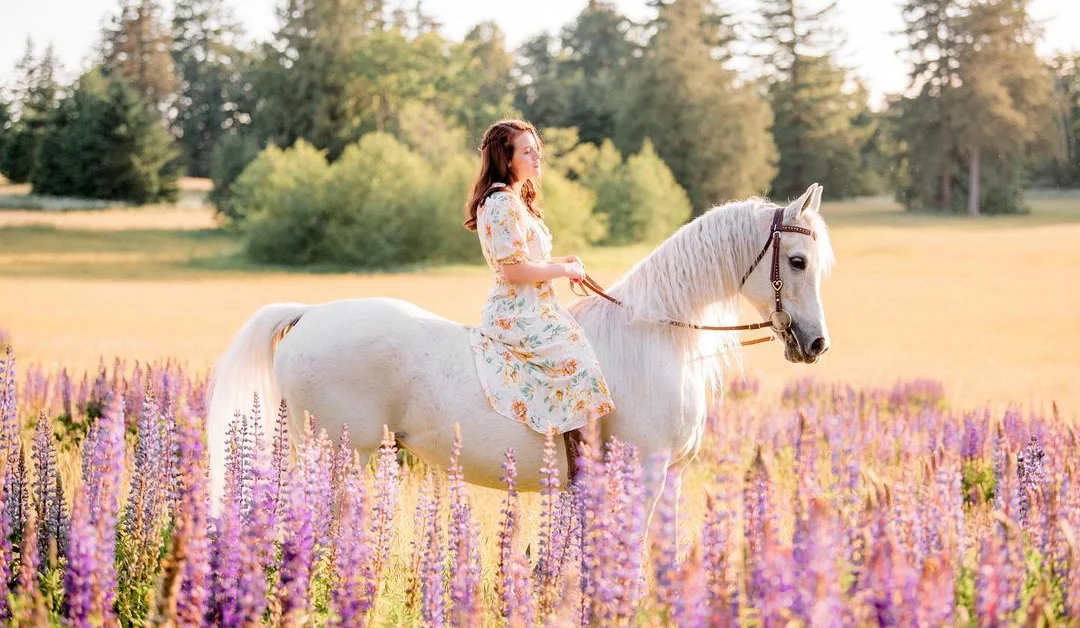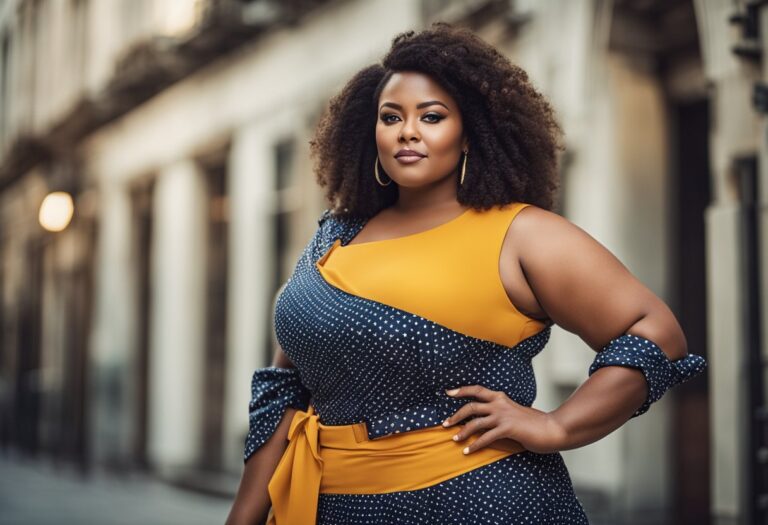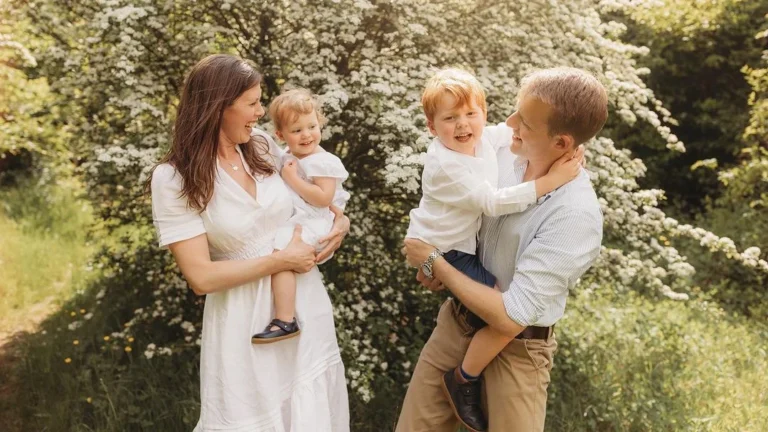Are you a photographer eager to capture the essence of equestrian beauty or a horse enthusiast yearning for stunning horse portrait photography with your equine companion? Look no further. In this blog post, we’ll equip you with the tools, tips, and techniques you need to master this special form of art. From camera settings to posing guidance, we’ve got you covered. Let’s embark on a journey to create captivating horse and rider portraits that will leave you in awe.
Understanding Horse Photography
First of all, you need to have a good understanding of horse photography. Horses are majestic animals with unique personalities, and capturing that in a photograph can be challenging. Let’s start off with some basics of how to photograph horses and combine that with a portrait!
It is essential to understand the psychology of horses. Horses are social animals, and they can be easily spooked if they feel threatened or uncomfortable. Therefore, it is essential to approach them calmly and slowly, allowing them to become familiar with you and your camera. It’s also important to be aware of their body language and facial expressions, as this can give you an indication of their mood and behavior.
We know we always pray it: Be comfortable! But here, it is especially true and necessary. If you’re not comfortable, your horse won’t be either. Try to calm yourself down. If you’re not used to being taken photos of, try it without your horse first, and then bring it in once you’re settled.
Also, make sure you know what you’re doing when it comes to portrait photography. If you never tried in that regard, check out our ultimate guide for portrait photography!
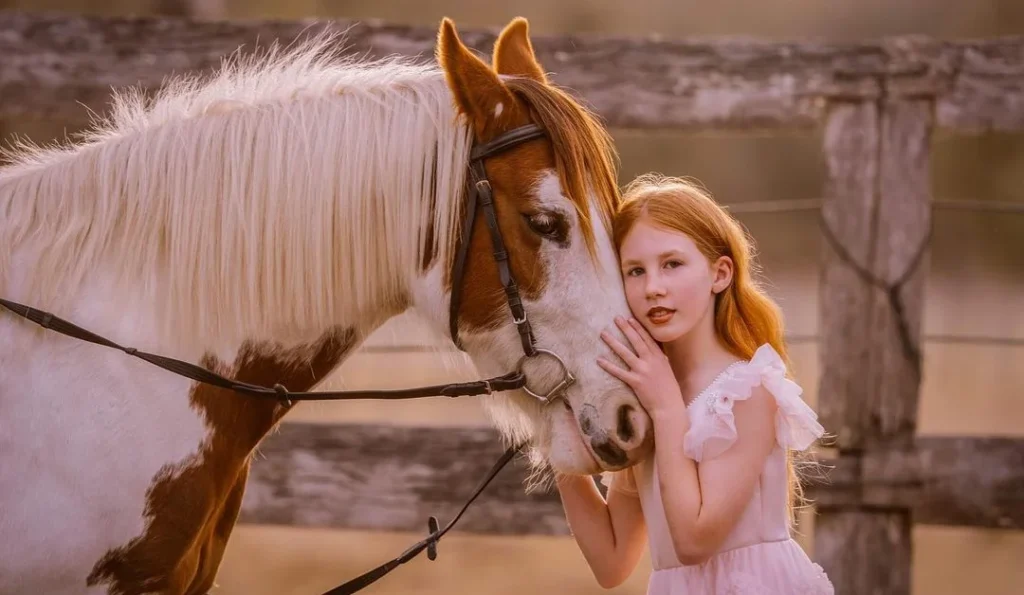
Equipment Essentials
Having the right equipment is crucial to capturing stunning images of these majestic animals. If you’re starting off, you can use your phone camera, of course. But be aware that professional gear will result in much better photos, obviously!
Camera Gear
For horse portrait photography, you’ll need a reliable SLR camera that can handle fast-moving subjects and low-light conditions. The Nikon D850 is a popular choice among professional photographers, but any high-end DSLR camera will work. Depending on your budget, you can either go full-on crazy on here or get something decent.
Choosing the Right Lens
Choosing the right lens is crucial to capturing beautiful horse portraits. A telephoto lens is ideal for this type of photography, as it allows you to zoom in on your subject from a distance without disturbing them. The Canon 135mm f/2.0 and Canon 70-200mm f/2.8 are both excellent options for horse portrait photography, in our opinion.
Pro tip: Think about using a lens filter for your lens. They not only protect your lenses but can also enhance your images. For example, a polarizing filter can also help reduce glare and enhance the colors in your images.
Technical Aspects
The best gear won’t get you far if you don’t know the photography basics. Let’s cover some of the most important technical aspects to consider when capturing stunning horse portraits.
Mastering Aperture
Aperture is one of the most important elements of your camera’s manual controls. It controls the amount of light that enters through the lens and affects the depth of field and bokeh in your images. For Horse Portrait Photography, it is recommended to use a wide aperture (low f-stop number) to create a shallow depth of field and blur the background, making the horse stand out. Experiment with different apertures to find the perfect balance between focus and blur.
Understanding Shutter Speed
Shutter speed is another crucial element of your camera’s manual controls. It determines how long the shutter remains open and affects how motion is captured in your images. For Horse Portrait Photography, it is recommended to use a fast shutter speed to freeze the horse’s movement and capture sharp images. However, if you want to capture motion blur and convey a sense of movement, a slower shutter speed can be used.
Importance of ISO
ISO determines the camera’s sensitivity to light and affects the amount of noise in your images. For Horse Portrait Photography, it is recommended to use a low ISO to minimize noise and maintain image quality. However, if you are shooting in low light conditions, you may need to increase the ISO to capture enough light.
Focal Length and Composition
Focal length and composition play a significant role in Horse Portrait Photography. The focal length of your lens determines the angle of view and affects the composition of your images. For Horse Portrait Photography, it is recommended to use a telephoto lens with a focal length of at least 135mm to capture stunning close-up portraits. Also, pay attention to the composition of your images, and try to capture the horse’s personality and character.
The Art of Posing
Posing can be hard when animals come into play. You cannot tell them directly what to do, and sometimes they just don’t want to pose the way you would like them to. However, we have a few tips when posing in Horse Portrait Photography!
Getting the Ears Up
One of the most critical aspects of posing your horse is getting their ears up. Horses’ ears are incredibly expressive and can communicate their mood and emotions. To get your horse’s ears up, try the following tips:
- Make a noise: Clucking, whistling, or even blowing on a blade of grass can get your horse’s attention and perk up their ears.
- Use treats: Holding a carrot or apple above your horse’s head can encourage them to lift their head and ears.
- Engage with your horse: Talking to your horse and interacting with them can help them relax and feel comfortable, leading to more natural and expressive poses.
Choosing the Right Angles
Another critical aspect of posing your horse is choosing the right angles. The angle you shoot from can drastically affect the mood and feel of your portrait. Be aware of what each angle does to your photo, and choose the right one!
- Low-angle shots: Shooting from a low angle can make your horse look more imposing and powerful. This angle works well for capturing your horse’s majestic presence.
- Head-on shots: Shooting your horse head-on can create a sense of intimacy and connection between you and your horse.
- Three-quarter shots: Shooting from a three-quarter angle can create a sense of movement and action, making your horse look dynamic and energetic.
Of course, there are many more things you can do to get your horse posing the right way. Get some inspiration from Pinterest, for example! You can find many posing ideas on there – have a look at our account!
Lighting and Background
The lighting and background in your photos can really differ the mood. However, you should know how to use lighting to your advantage. Let’s get into some basics of how to light your photos!
Utilizing Natural Light
The easiest way of getting great lighting for your photos is by utilizing natural light to your advantage. Natural light can create a warm and inviting atmosphere, and it can also add depth and dimension to your images.
One of the best times to shoot horse portraits is during the golden hour, which is the hour after sunrise or the hour before sunset. During this time, the light is soft, warm, and directional, which can create beautiful highlights and shadows on your subject.
Choosing the Perfect Background
For Horse Portrait Photography, using an outdoor setting is probably the easiest choice when it comes to backgrounds. This can add depth and context to your image, and it can also create a natural and organic feel. When choosing an outdoor location, look for areas that have interesting textures and colors, such as a field of wildflowers or a wooded area.
If you don’t want to go anywhere outside, consider shooting in a stable or even removing the background altogether from your photos!
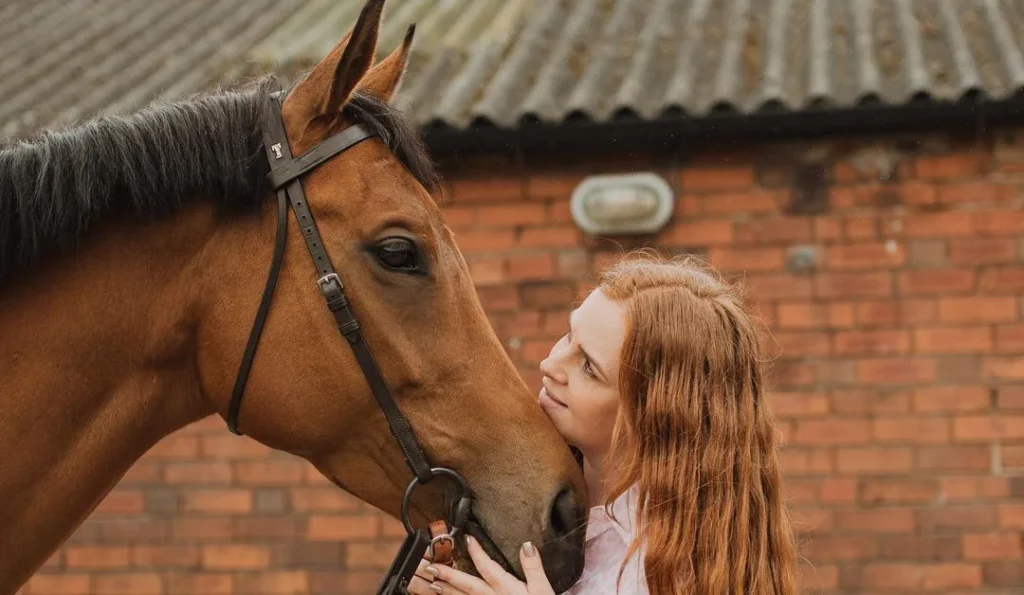
Safety Measures
Okay – not the most fun part of shooting – but one of the most important! When shooting with animals, and especially horses, safety should always be your top priority. Horses are large and powerful animals that can be easily spooked, so it’s essential to take the necessary precautions to ensure that both you and the horse remain safe throughout the photoshoot.
1. Respect the Horse’s Space
Horses have a personal space, and it’s crucial to respect it. Getting too close to a horse can make it feel threatened, which can lead to unpredictable behavior. Make sure to keep a safe distance from the horse and avoid getting in its way.
2. Choose the Right Location
The location you choose for the photoshoot can have a significant impact on the horse’s behavior. Make sure to choose a quiet and peaceful location away from any distractions or loud noises. The horse will feel more relaxed and comfortable, which will make for better photos.
3. Have a Plan
Having a plan in place can help you stay organized and avoid any potential accidents. Make sure to communicate your plan with the horse’s owner or handler so everyone is on the same page.
4. Use Proper Equipment
Using the right equipment can help you stay safe and get the best possible shots. Make sure to use a sturdy tripod to keep your camera stable, wear appropriate clothing and footwear, and use a long lens to avoid getting too close to the horse.
5. Be Patient
Patience is key when it comes to horse portrait photography. Horses can be unpredictable, so it’s essential to take your time and wait for the right moment to get the perfect shot. Rushing can lead to mistakes and potentially dangerous situations.
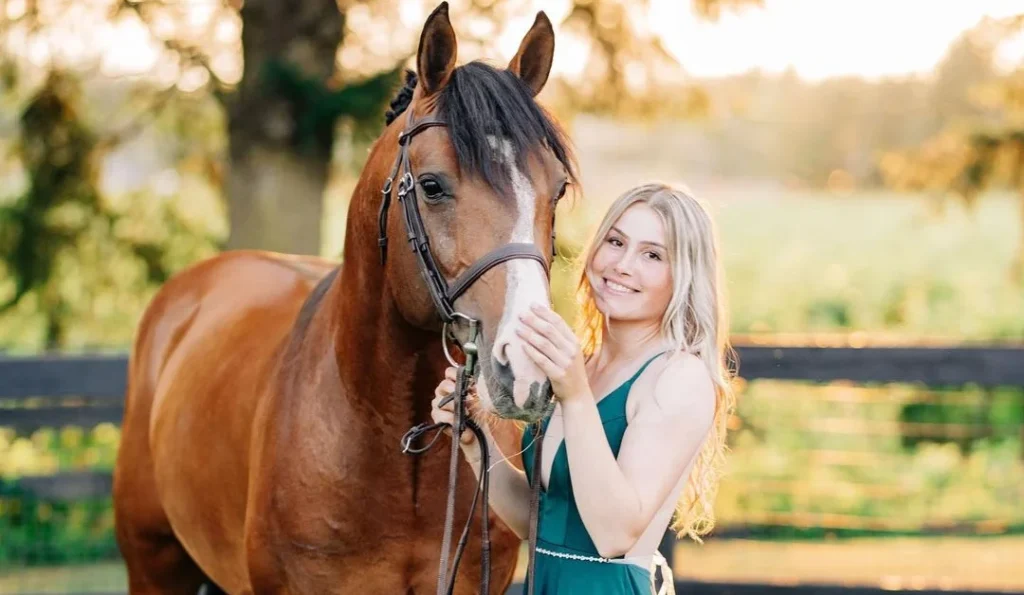
Post-Production
Congratulations, we now have completed the shooting essentials and got our photos! Now comes the fun part of post-production. This is where you can really bring your images to life and make them stand out. Of course, you won’t turn bad photos into the best ones, but post-production can certainly enhance certain aspects.
There are many guides out there for editing portrait photography. Have a look at this Portrait Editing Guide! However, don’t overdo it with editing. Try to keep the natural beauty of your photos!
If you’re still unsure or need more resources, have a look at these articles for further reading:
- Urban Portrait Photography: 7 Tips to Create Stunning Portraits
- Aesthetic Self Portrait Photography: The Ultimate Guide
- Wedding Photography Portfolio: How to Create an Impressive Portfolio
Also, have a look at our Pinterest to stay up-to-date with the latest photography trends!
What is Horse Portrait Photography?
Horse portrait photography is the art of capturing the beauty and personality of horses and a person in an image. It’s a specialized form of photography that requires skill, patience, and an eye for detail.
What are some tips for taking professional horse portraits?
To take professional horse portraits, consider the lighting, background, and framing of your shot. Use natural light whenever possible and avoid distracting backgrounds. Make sure to capture the horse’s unique personality and expressions.
What are some popular poses for horse photography?
Some popular poses for horse photography include the horse standing, running, or jumping. You can also capture the horse in motion, such as trotting or cantering. Be creative and experiment with different angles and poses!
How can I find a good horse photographer?
To find a good horse photographer, ask for recommendations from friends or search online for local photographers specializing in equine photography. Look at their portfolio and reviews to ensure they have the experience and skills necessary to capture beautiful horse portraits.

